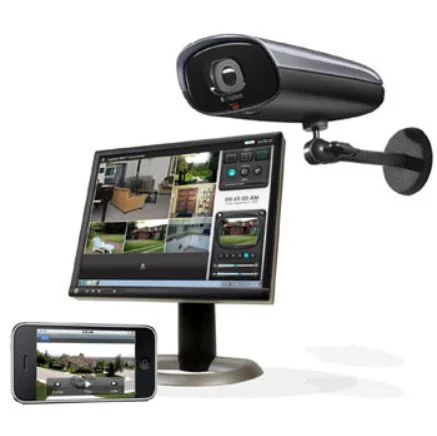Photo courtesy of Flickr
By Monica Mendoza
Security in the workplace is a serious but often overlooked issue. There are many security threats that can present themselves at any moment in commercial establishments, shops, offices, and any place of business. With situations ranging from break-ins and theft to disturbances and scandalous behavior, all these place the welfare of customers and employees alike at risk. Something as simple as a Security alarm for commercial locations can even make a tremendous difference.
Business owners may be daunted at the prospect of implementing workplace security, but it is actually quite a manageable task. There are a few simple but effective measures that can be taken in order to enhance security in the workplace. Here are just some of them:
Implement a strict identification system. Especially in a highly populated or crowded business environment where a lot of visitors come and go, it is a must that people are properly identified and accounted for. All individuals should be required to wear proper identification at all times. It also helps if a company issues a lanyard with a custom logo to match official IDs, so that affiliation with the company is immediately more apparent or visible.
Install surveillance cameras. Closed-circuit television or CCTV systems are a basic necessity for any business establishment these days. Extensive video recording of all goings-on in an office, factory, shop, or workplace is important so that any adverse occurrences can be monitored in real-time or reviewed after the fact for investigation. It’s not that costly to install a comprehensive CCTV system these days given more affordable digital and computer technology.
Develop tough access protocols. Management should outline and determine the strict hierarchy of access to different workplace areas, especially in expansive buildings and complexes. This way, any breach of security can easily be identified and addressed. There are a lot of technologies these days that can help implement access protocols without the need for actual physical human presence. These include proximity ID cards and biometrics—granting entry and exit using physical attributes of authorized personnel, such as fingerprints, handprints, retina patterns, or even facial features.
Increase security personnel visibility. Despite the conveniences of modern technology, nothing beats the physical presence of security personnel. There are some security measures and tasks that can never be replaced by machines or computers, such as bomb- or drug-sniffing K-9 dogs. Visual inspection of areas, items, and people by security personnel is also a basic but effective first line of defense in everyday workplace situations.
Strengthen coordination with authorities. A good relationship with local authorities such as police and firefighters is extremely important for any business. When a security crisis hits and spreads to a higher level, especially when it involves the greater public, coordination with the proper local or government authorities is part of a proper security protocol.
They need to step in so that the situation can be controlled more effectively and efficiently. They can also act as resources in helping train employees and security personnel on basic preventive measures, practices, and behavior in the workplace. These authorities would be more than willing to help their constituents in ensuring peace and security in their establishments and locales.
Workplace security for all
While it is indeed the primary task of company management or business owners to implement workplace security, it has to be stressed that everybody involved has a role and responsibility in following it.
Workplace security does not depend solely on external measures to keep threats out, but it also relies on organizational discipline and behavior to prevent security breaches from happening in the first place. No amount of investment in security systems will be effective if there is no cooperation and compliance from employees, guests, and all stakeholders involved in the workplace.


